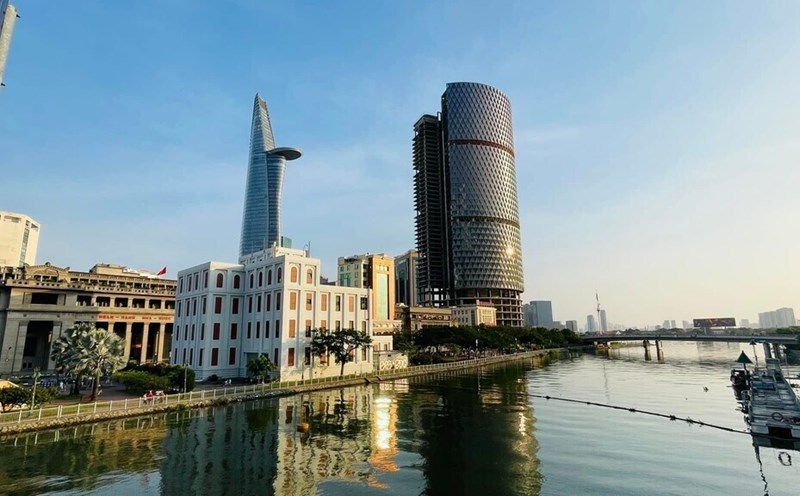According to the Hanoi Capital Planning, by 2030, the permanent population will be about 11 million people, an increase compared to the current 9 million people, in addition, the temporary population will be 1.5 million people. The urbanization rate will reach 70% by 2030, up from the current level of 49%.
In that context, Hanoi will need a large amount of new housing supply. Ms. Do Thu Hang - Senior Director, Research and Consulting Department of Savills Hanoi - assessed that although the housing supply in the past has recorded many improvements, it has not met the great demand of the market. The gap between supply and demand has caused housing prices in Hanoi's inner city to continuously increase.
According to Savills' records in the fourth quarter of 2024, the average secondary price in Hanoi's inner-city districts in urban projects ranges from 190 - 450 million VND/m2 for land with housing. For the type of villa, the common price ranges from 160 - 270 million VND/m2. Meanwhile, apartments in high-rise projects in the inner city have an average secondary price of about 65 to more than 300 million VND/m2.
The Senior Director of Savills Hanoi assessed that the high price level has significantly affected the group of buyers with real housing needs, especially those looking for products that suit their financial capacity. Even when considering bank loans or using financial leverage, accessing housing in the inner city is still a difficult problem.
With high inner-city housing prices and increasingly limited access to housing, the market has recorded a trend of expanding demand for housing to areas outside the center.
Ms. Hang commented: "The trend of moving to the suburbs has become clear as land funds in the inner city are gradually narrowing, even areas bordering Ring Road 2 and Ring Road 3 have almost no land funds to develop more projects. At the same time, this trend is also promoted by the policy of population dispersion combined with the orientation of synchronous infrastructure development according to the Hanoi Capital Planning Adjustment Project".
Some suburban areas such as Dong Anh, Me Linh, Thuong Tin and Long Bien recorded large demand. Of which, Dong Anh leads with 84% of primary transactions, equivalent to about 2,799 apartments. Me Linh and Thuong Tin respectively account for about 4% of transactions, equivalent to about 140 apartments sold in each area.
However, despite great development potential, infrastructure expansion in suburban areas still faces many challenges. The implementation time of key infrastructure projects is often long, while high investment costs can put pressure on the budget and contribute to increasing land prices. In addition, uncontrolled planning information can also lead to speculation, pushing real estate prices far beyond their real value.
Faced with that reality, Ms. Hang recommends that buyers need to be cautious, carefully consider factors such as infrastructure development progress, capacity and reputation of investors, as well as the legal transparency of the project to minimize risks when choosing housing products associated with new infrastructure development.











